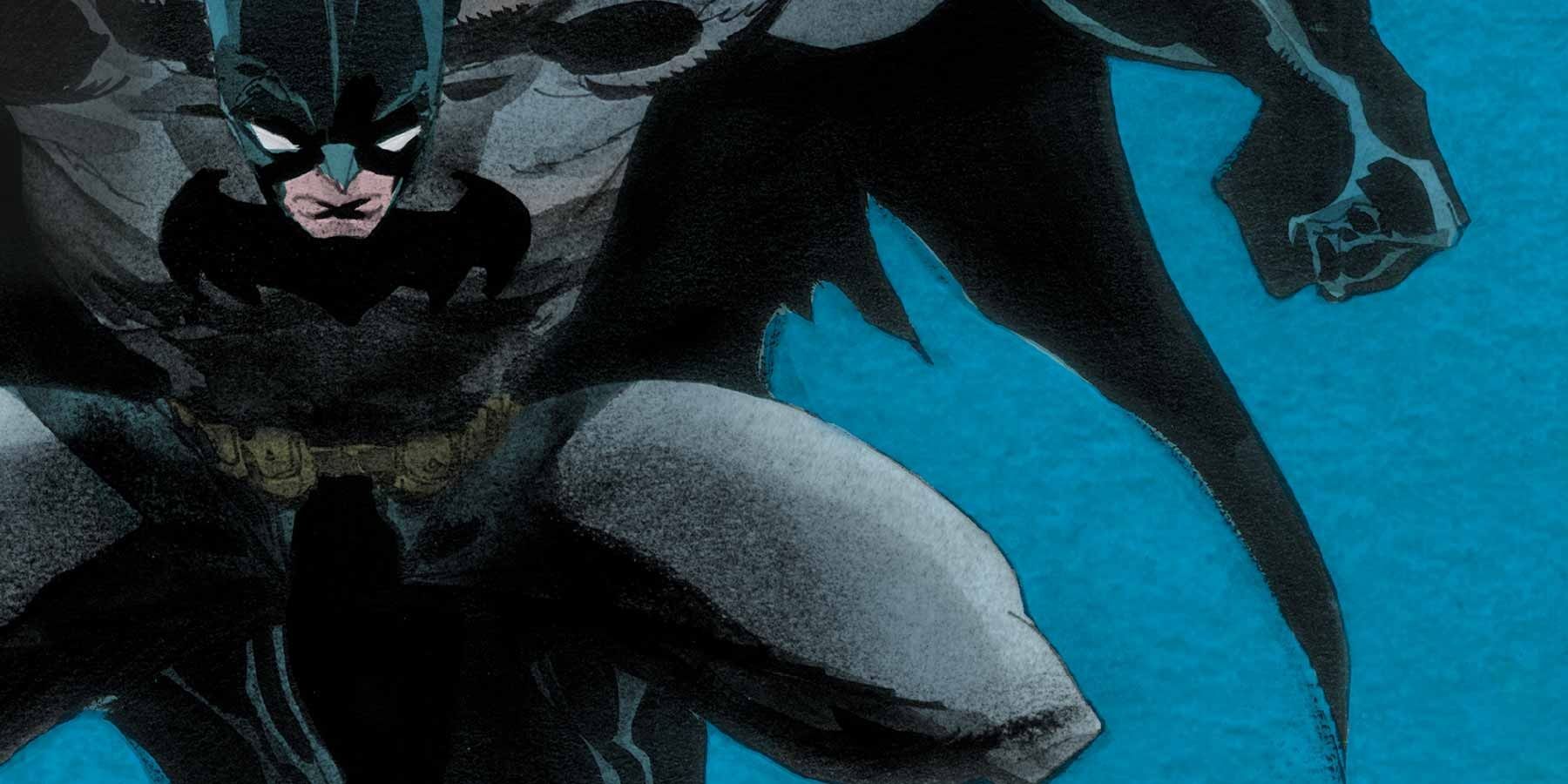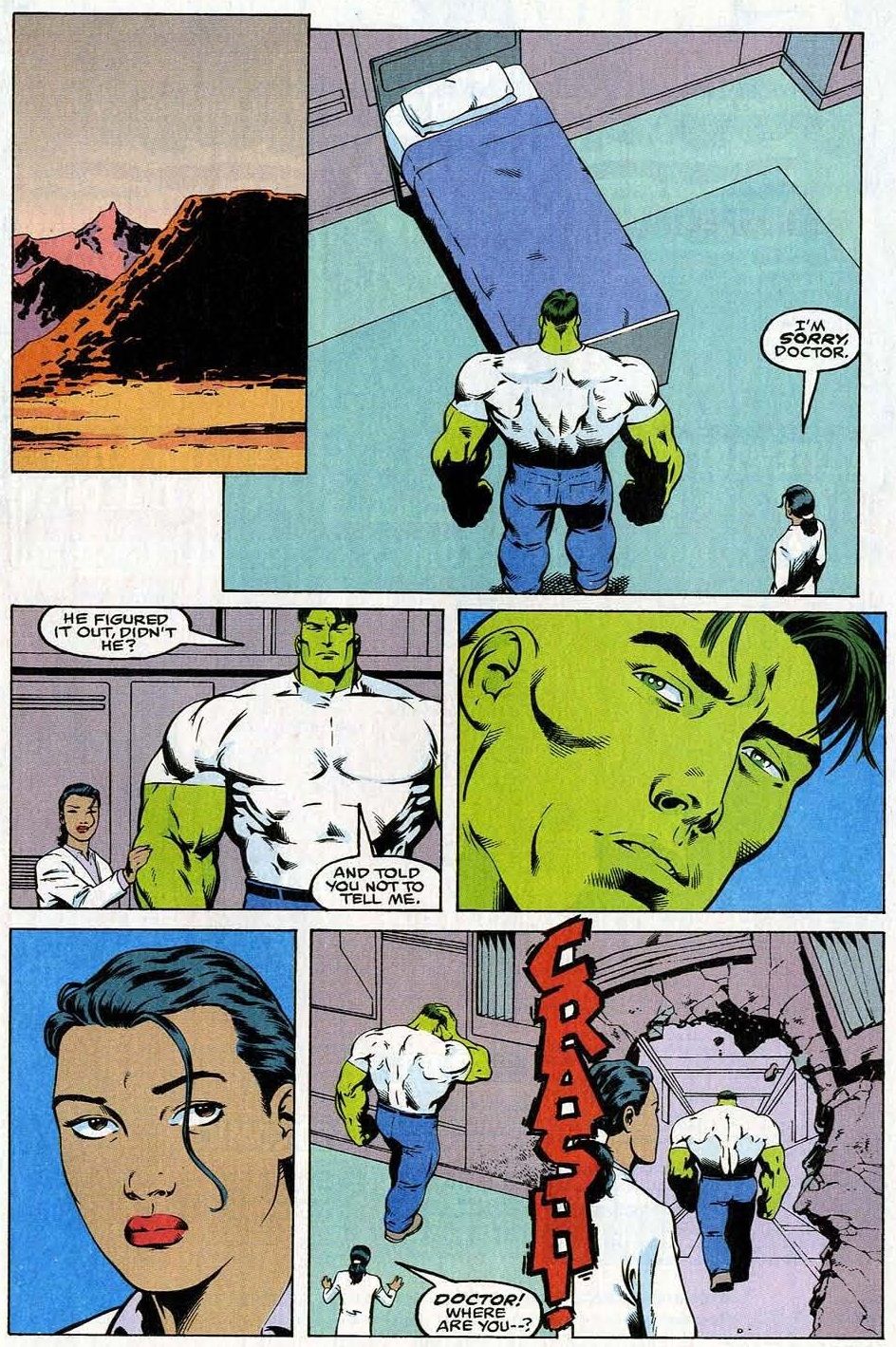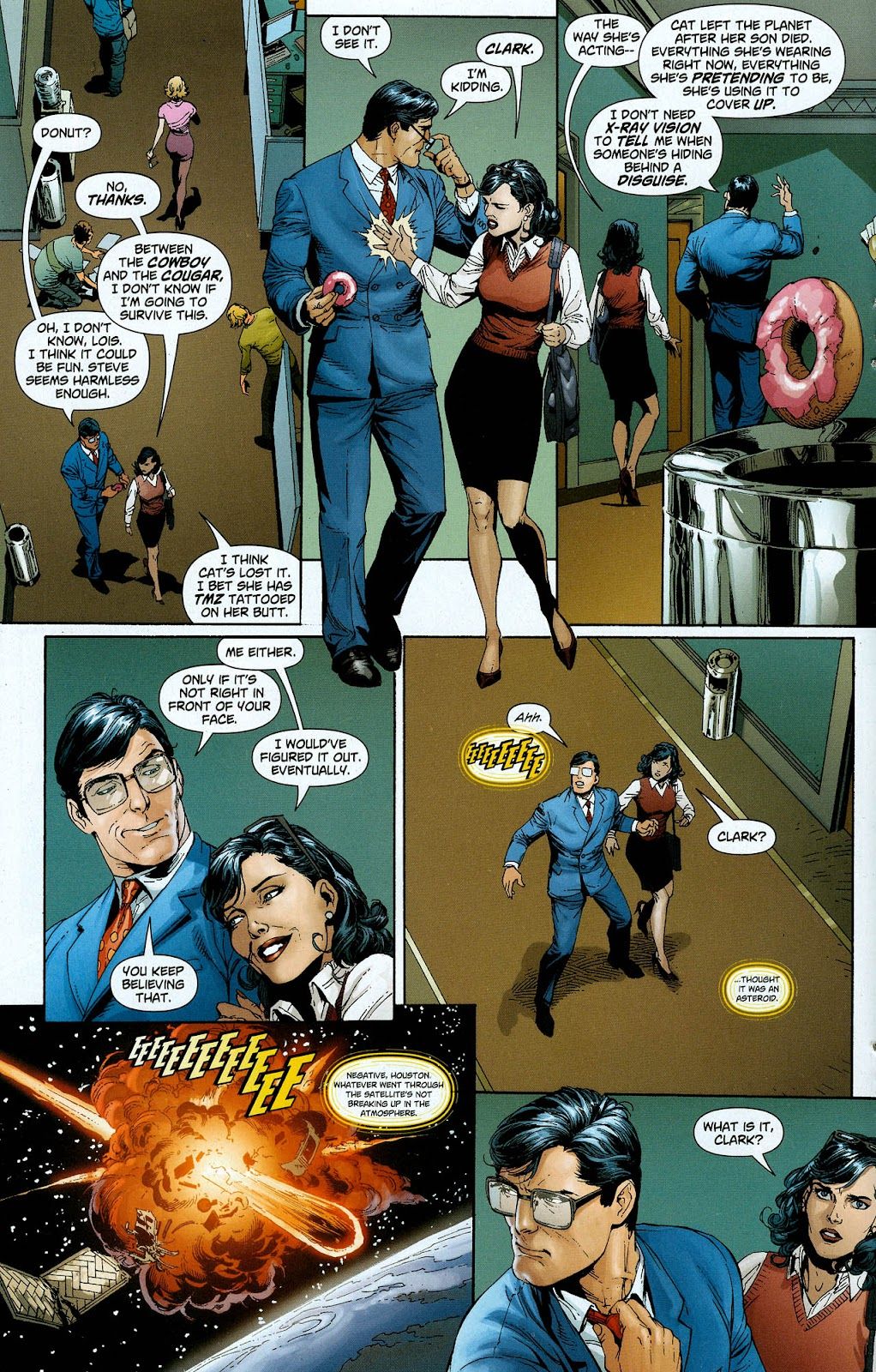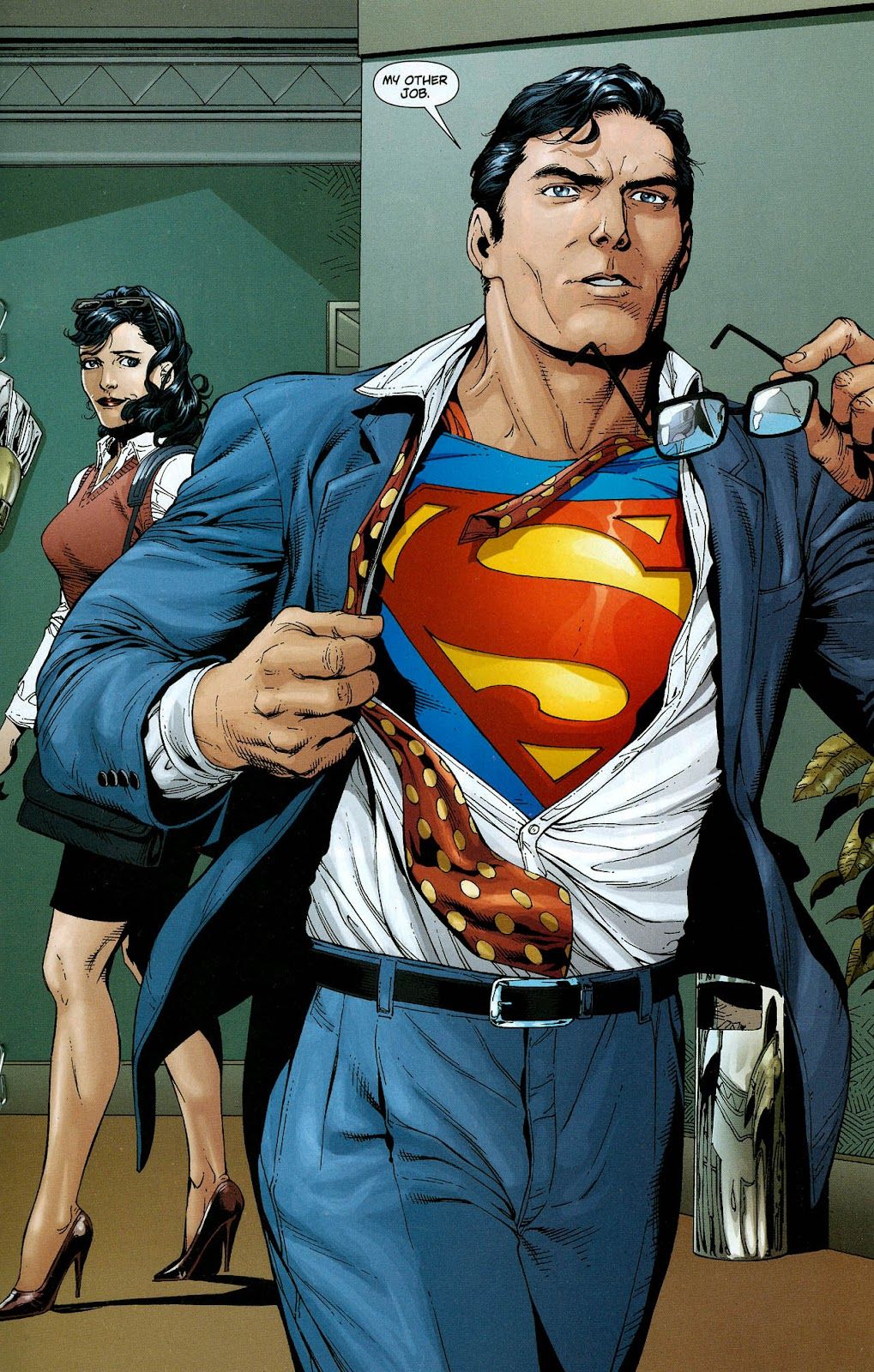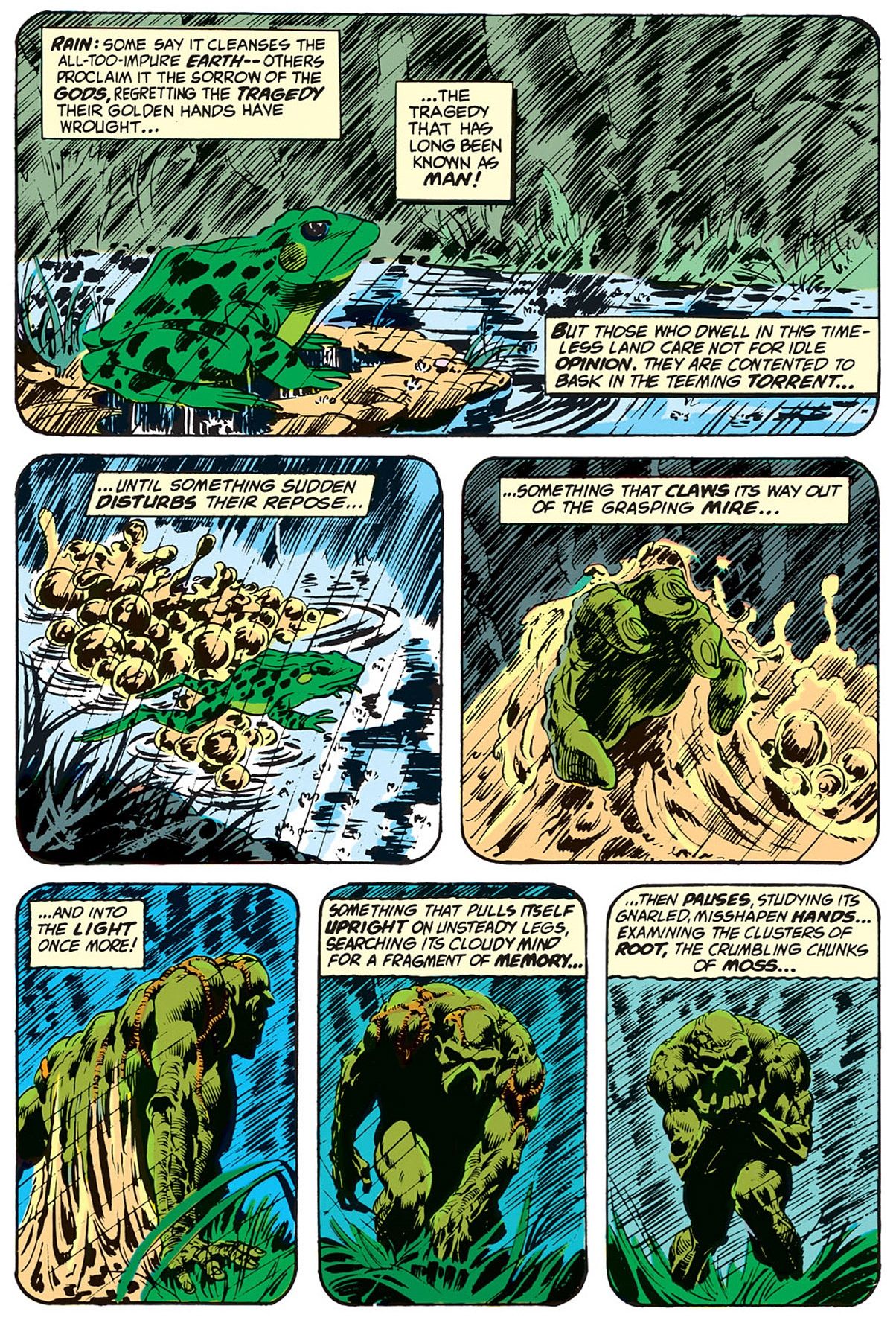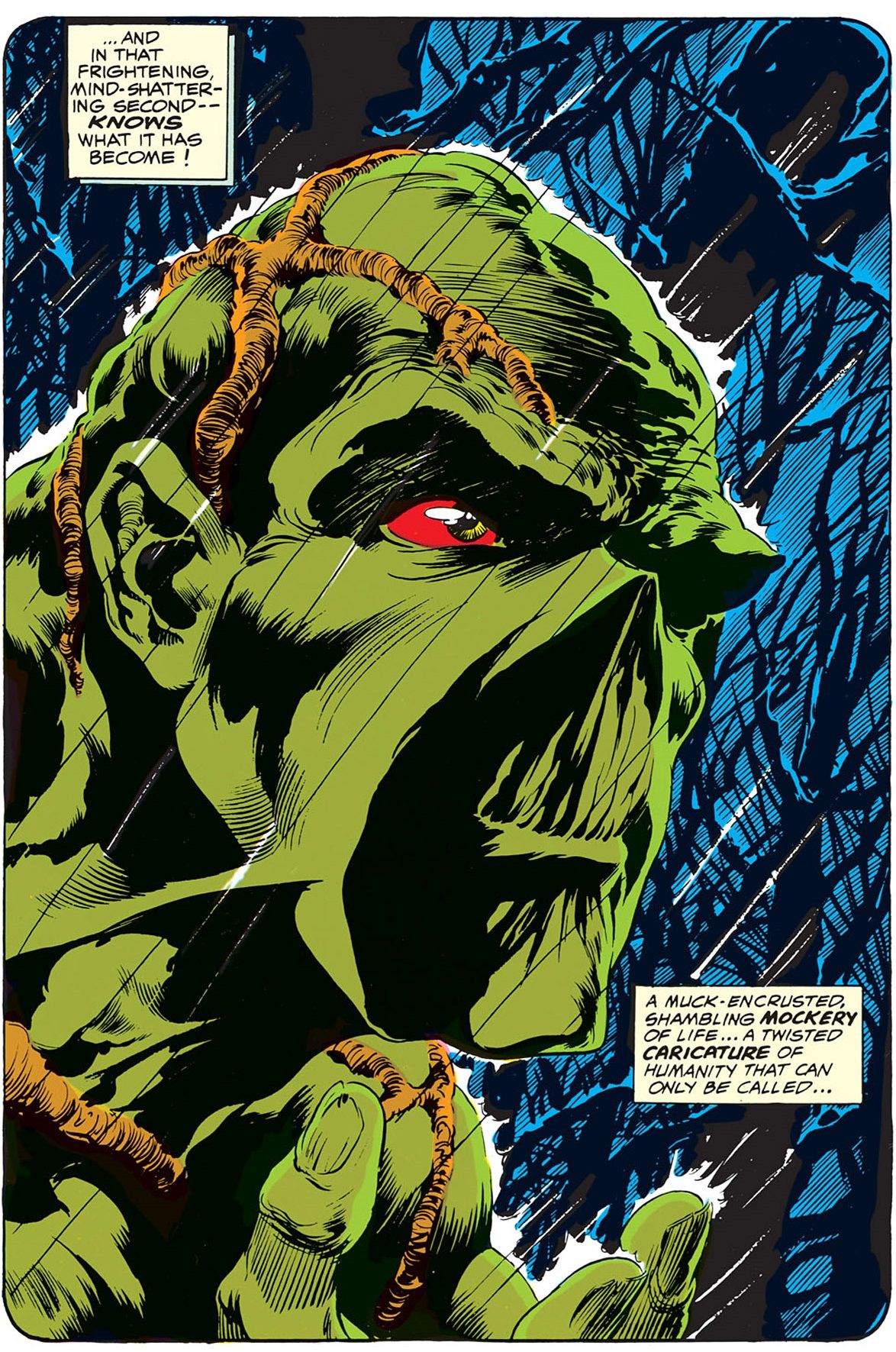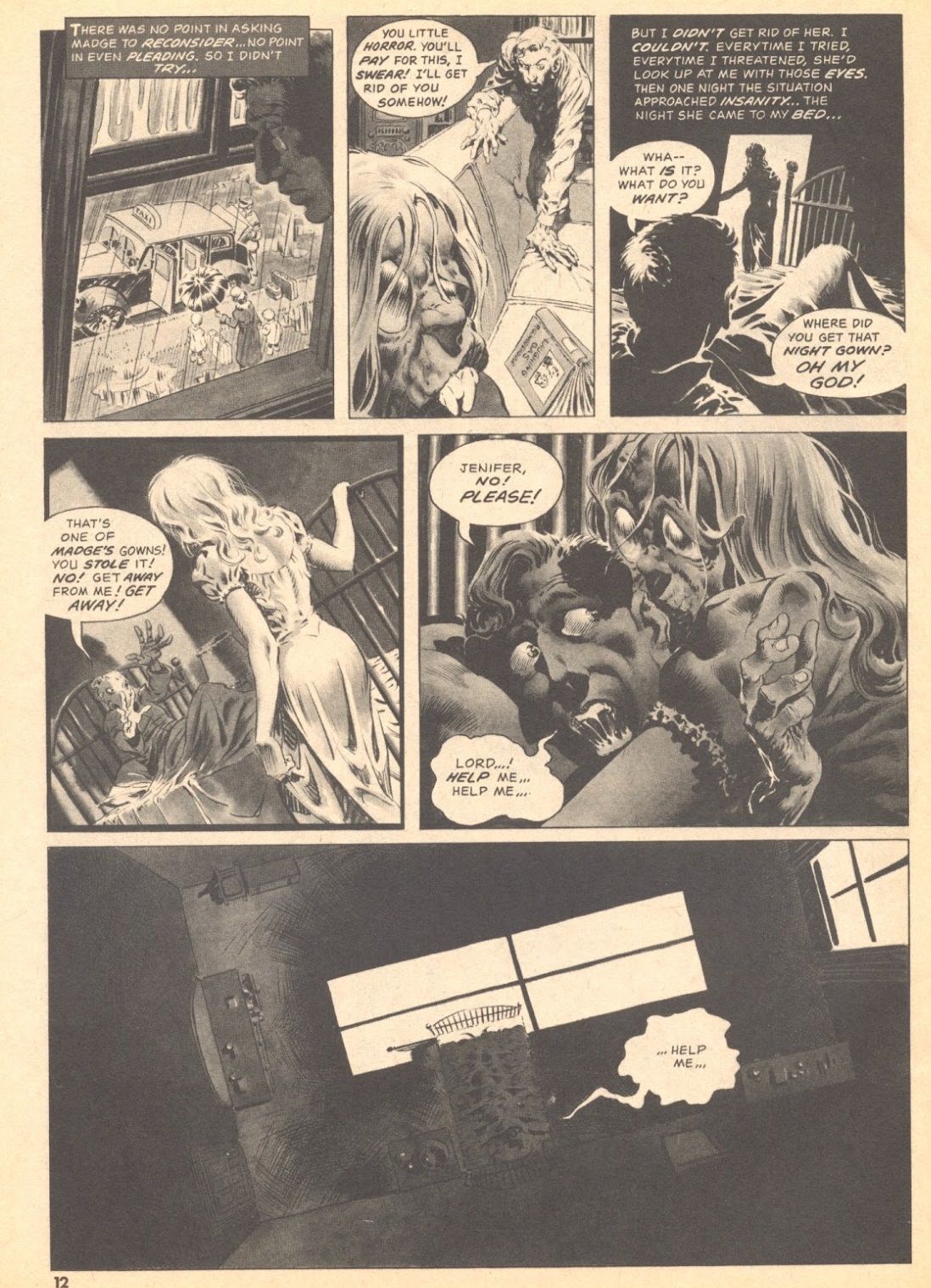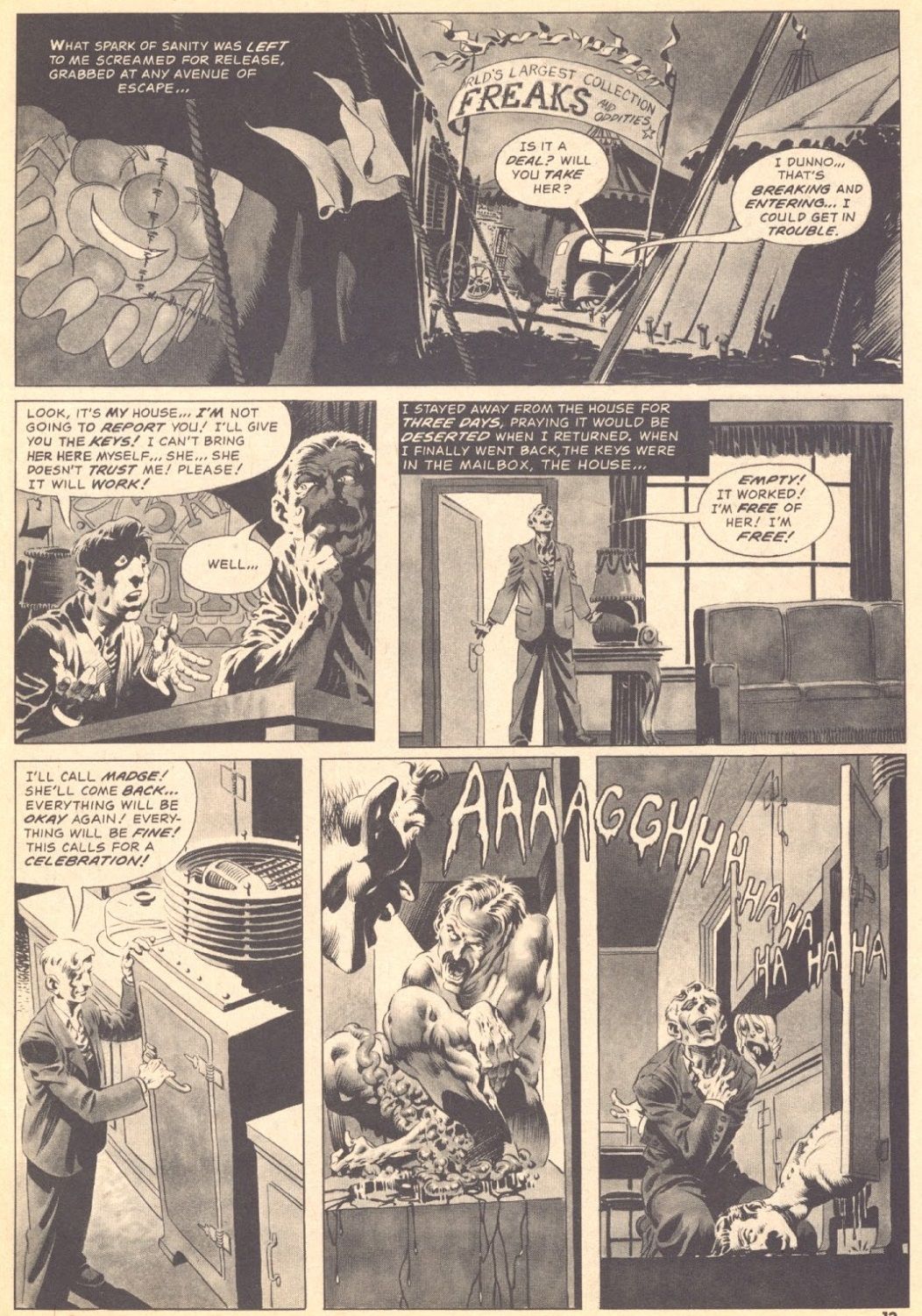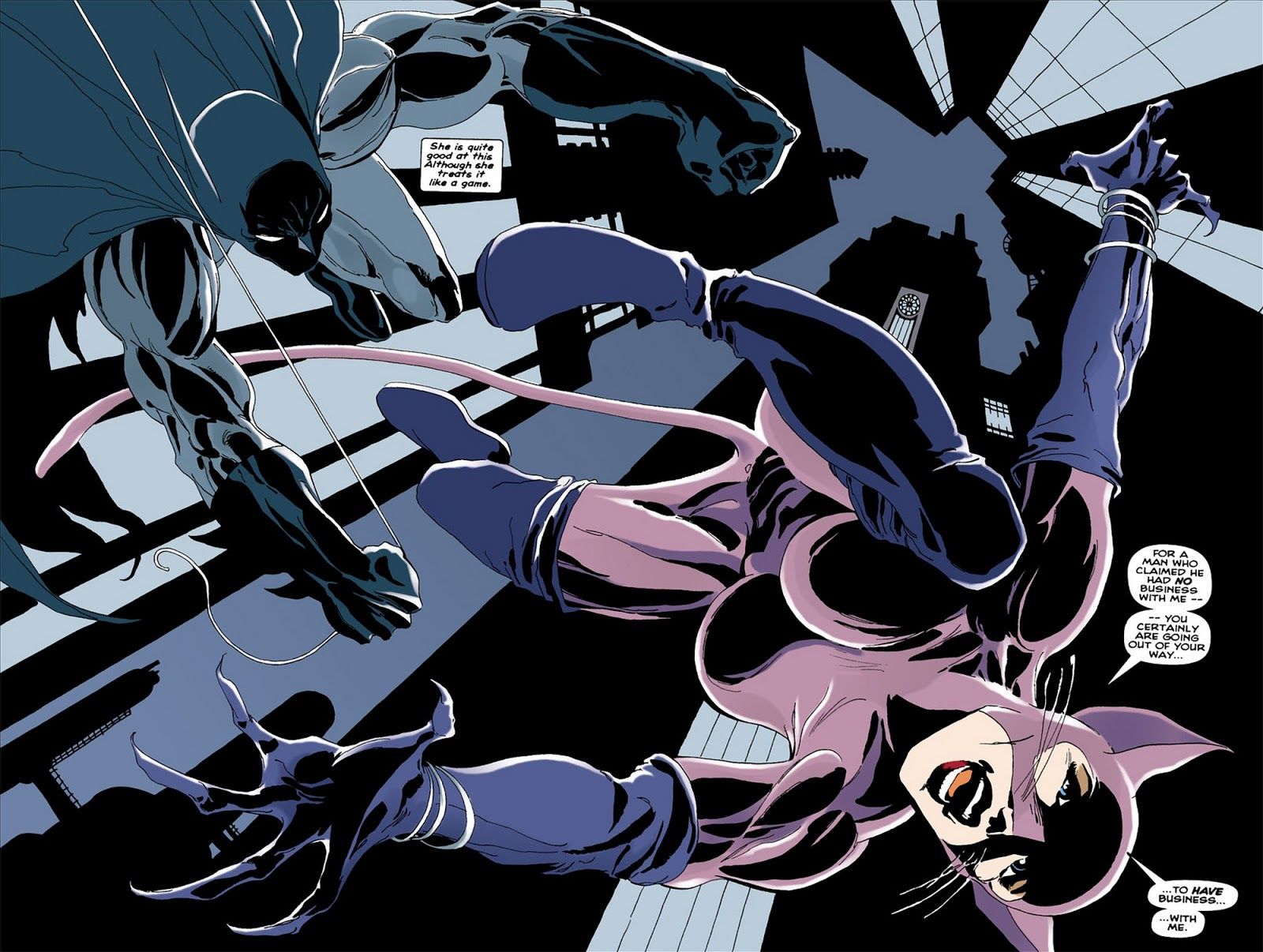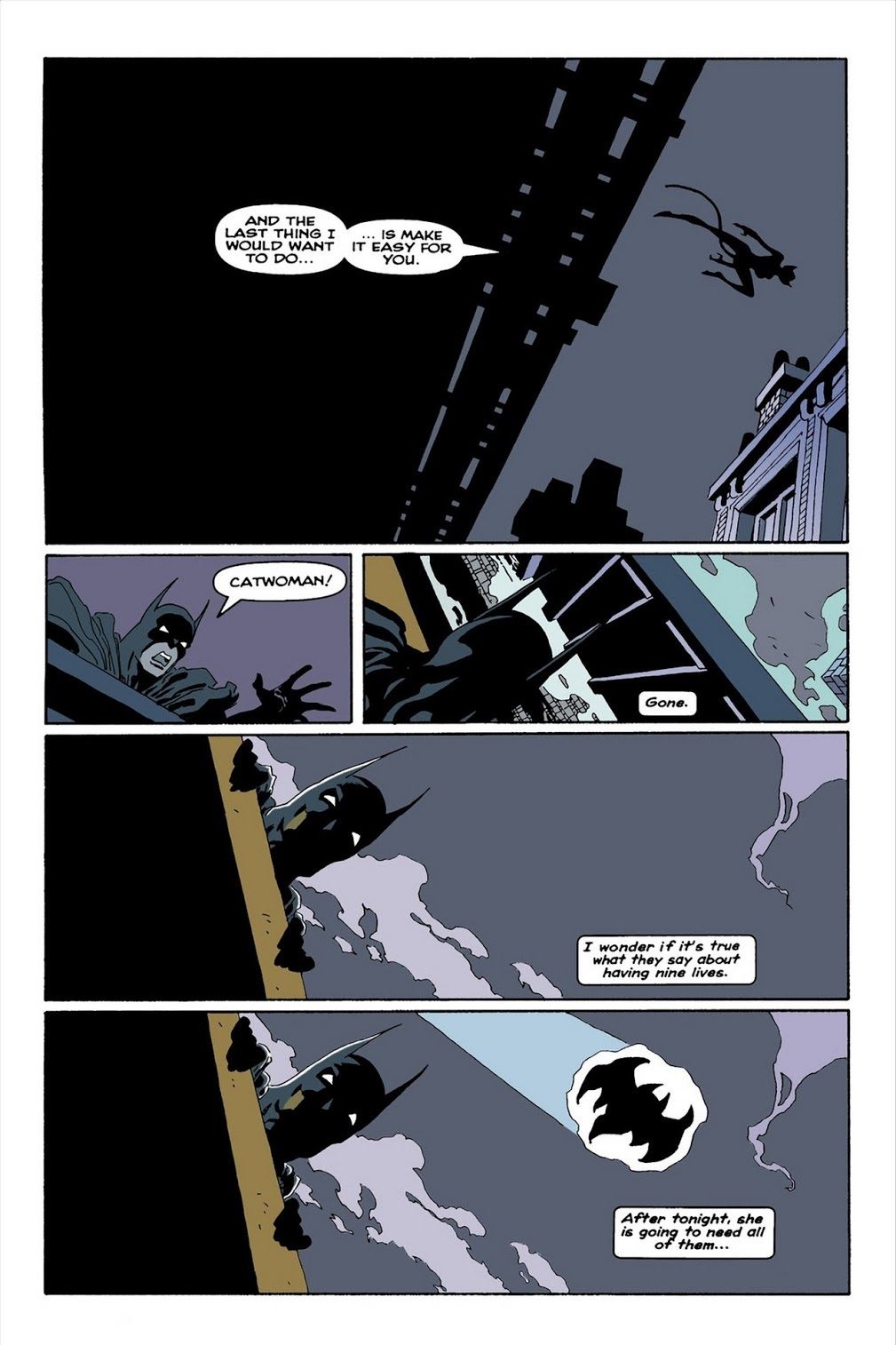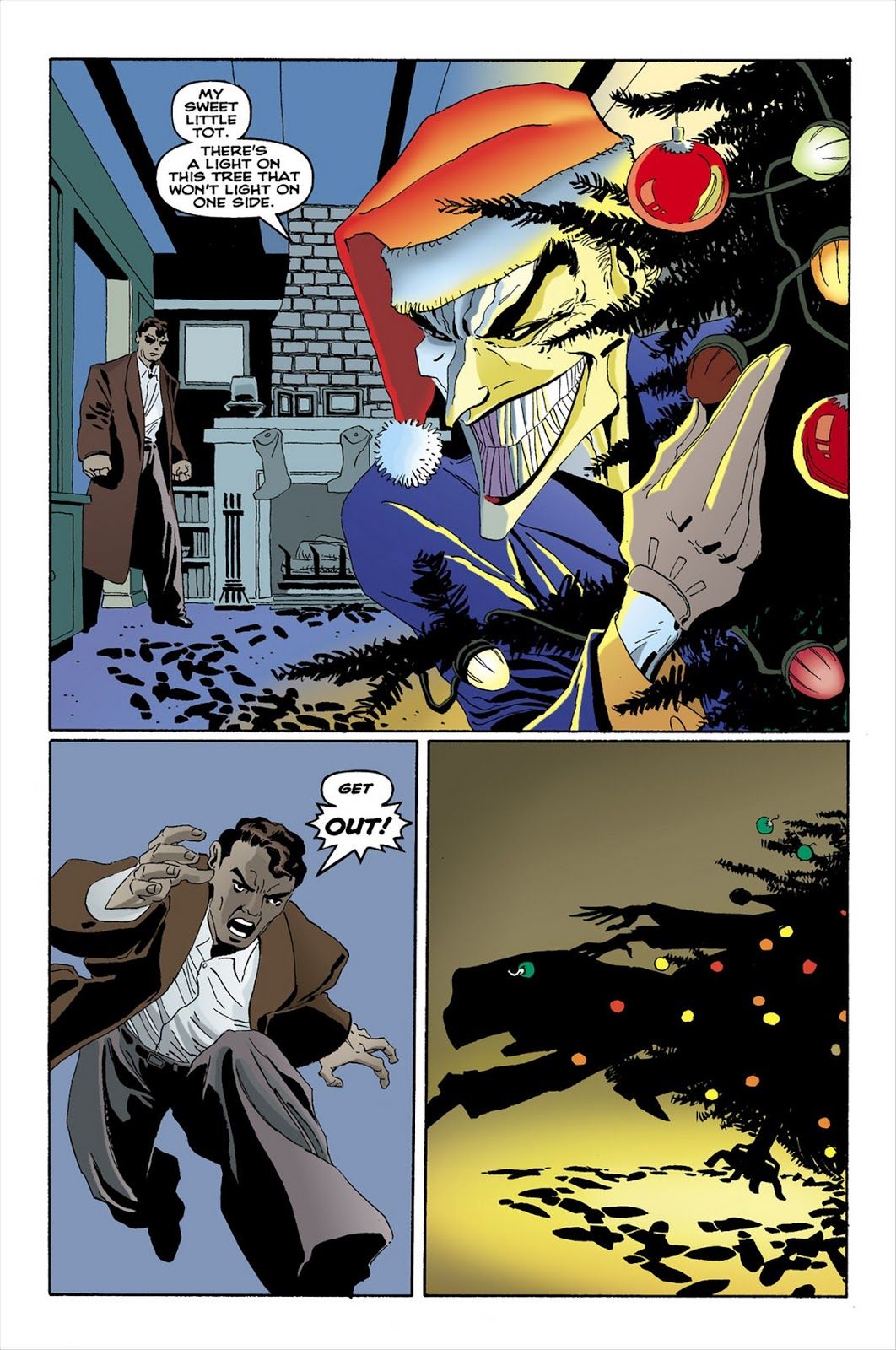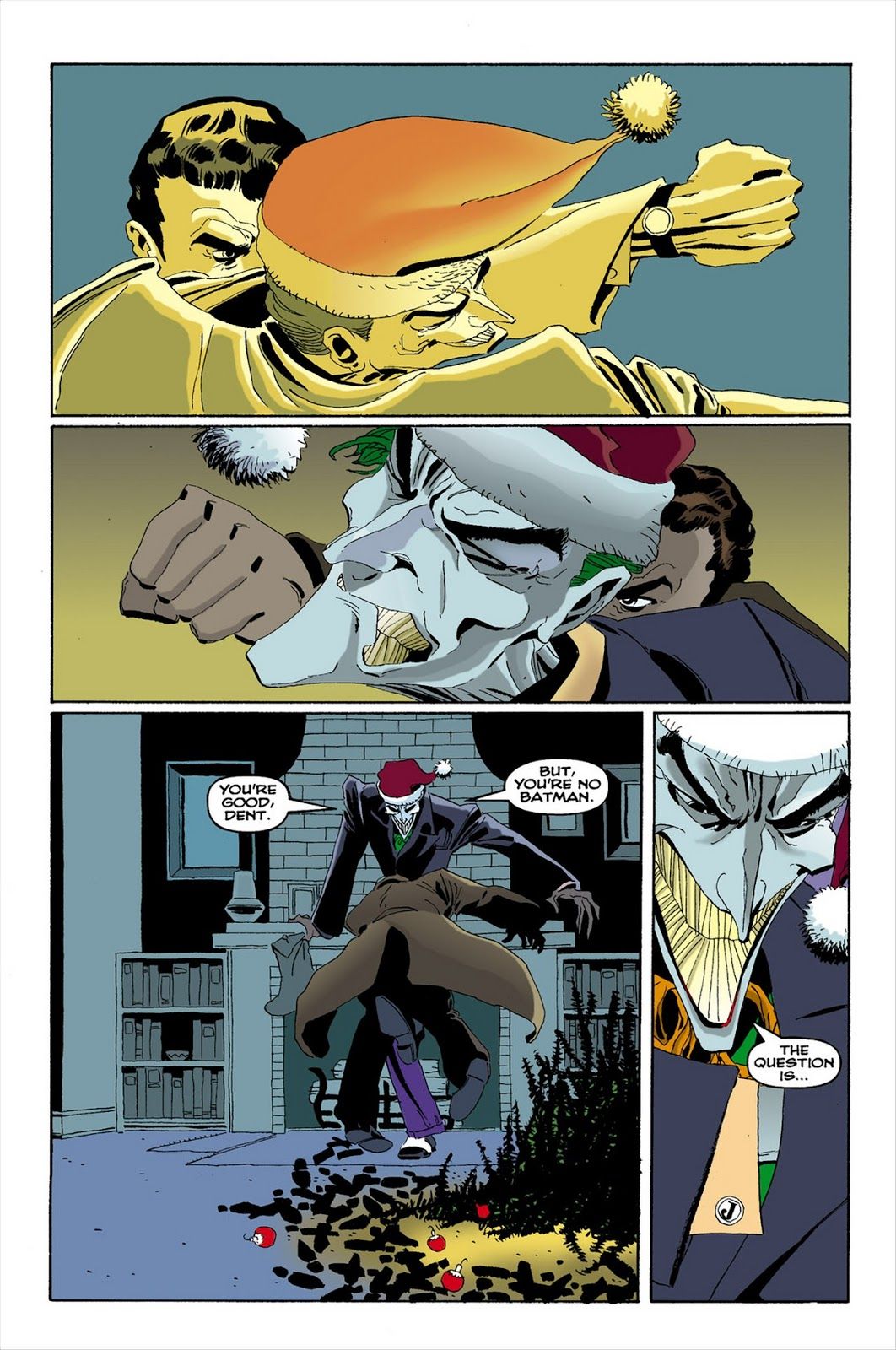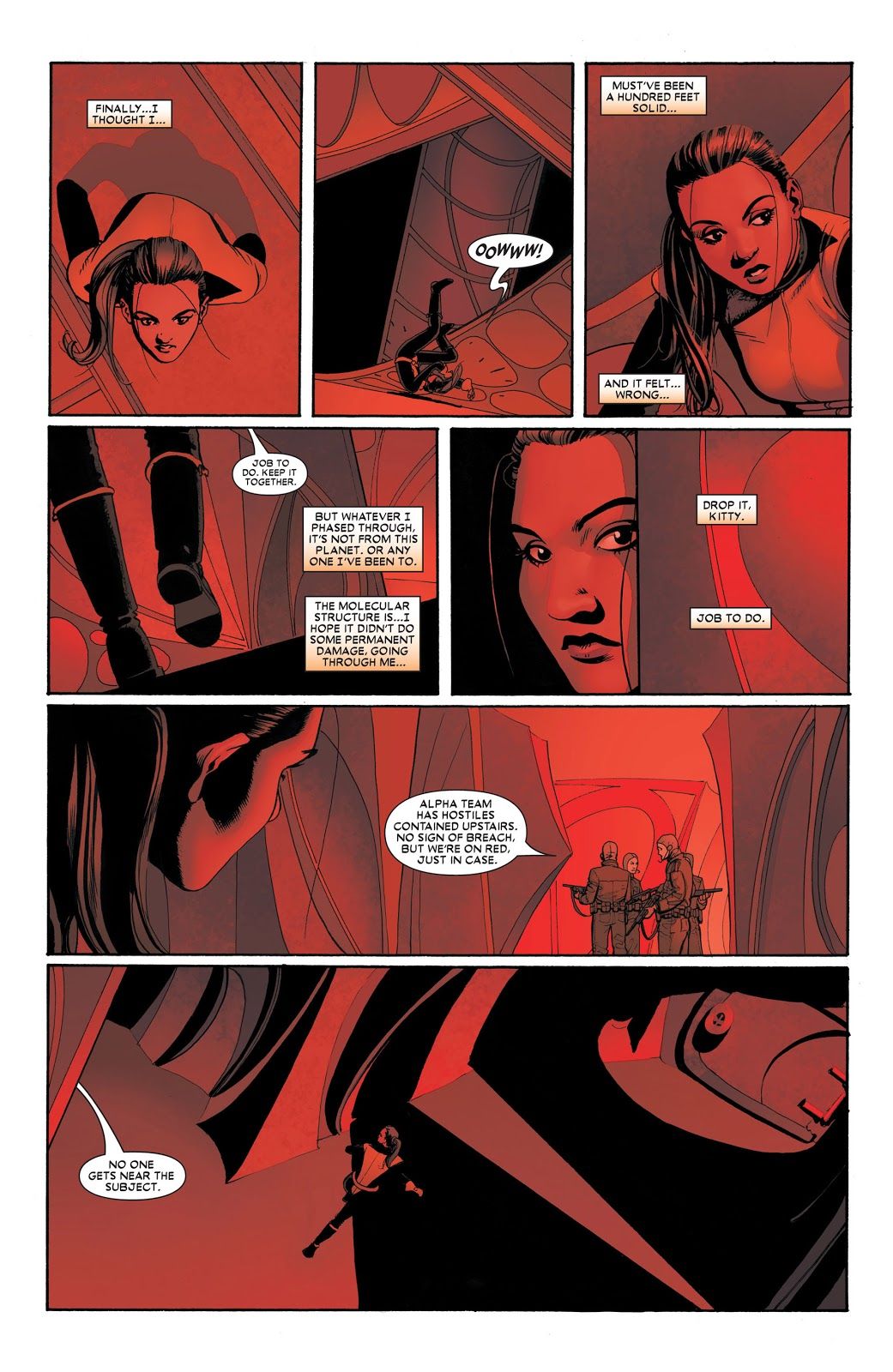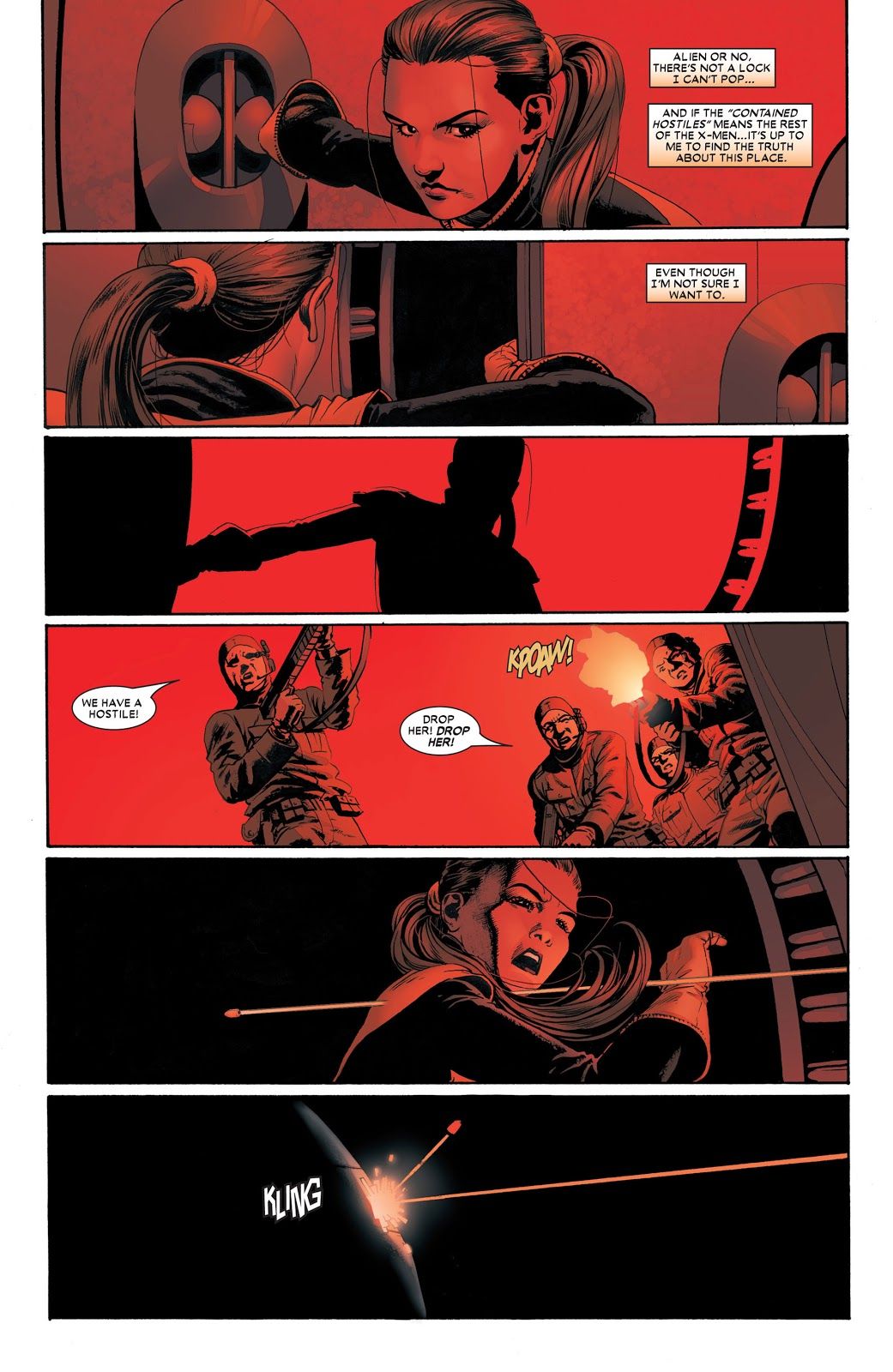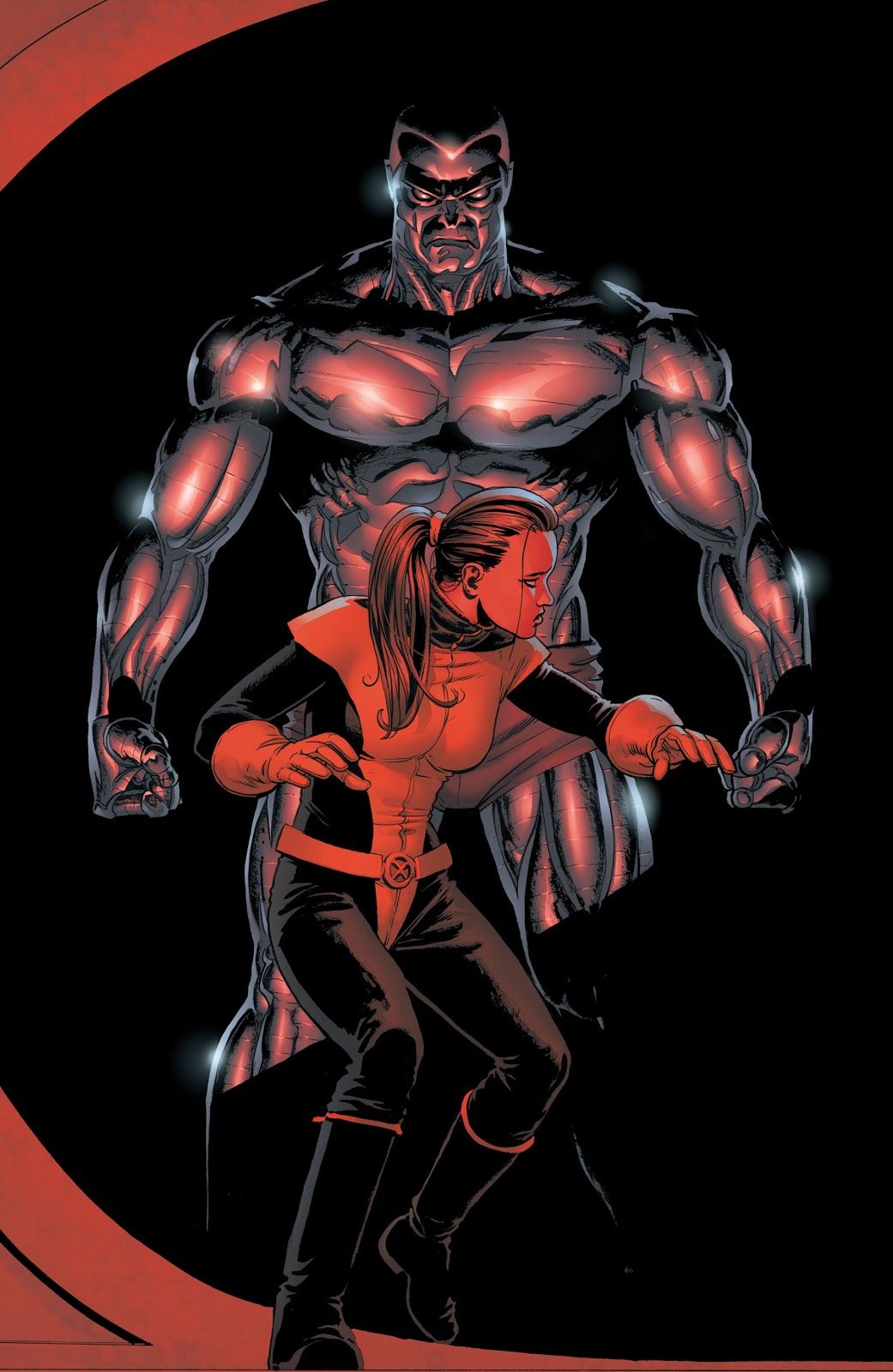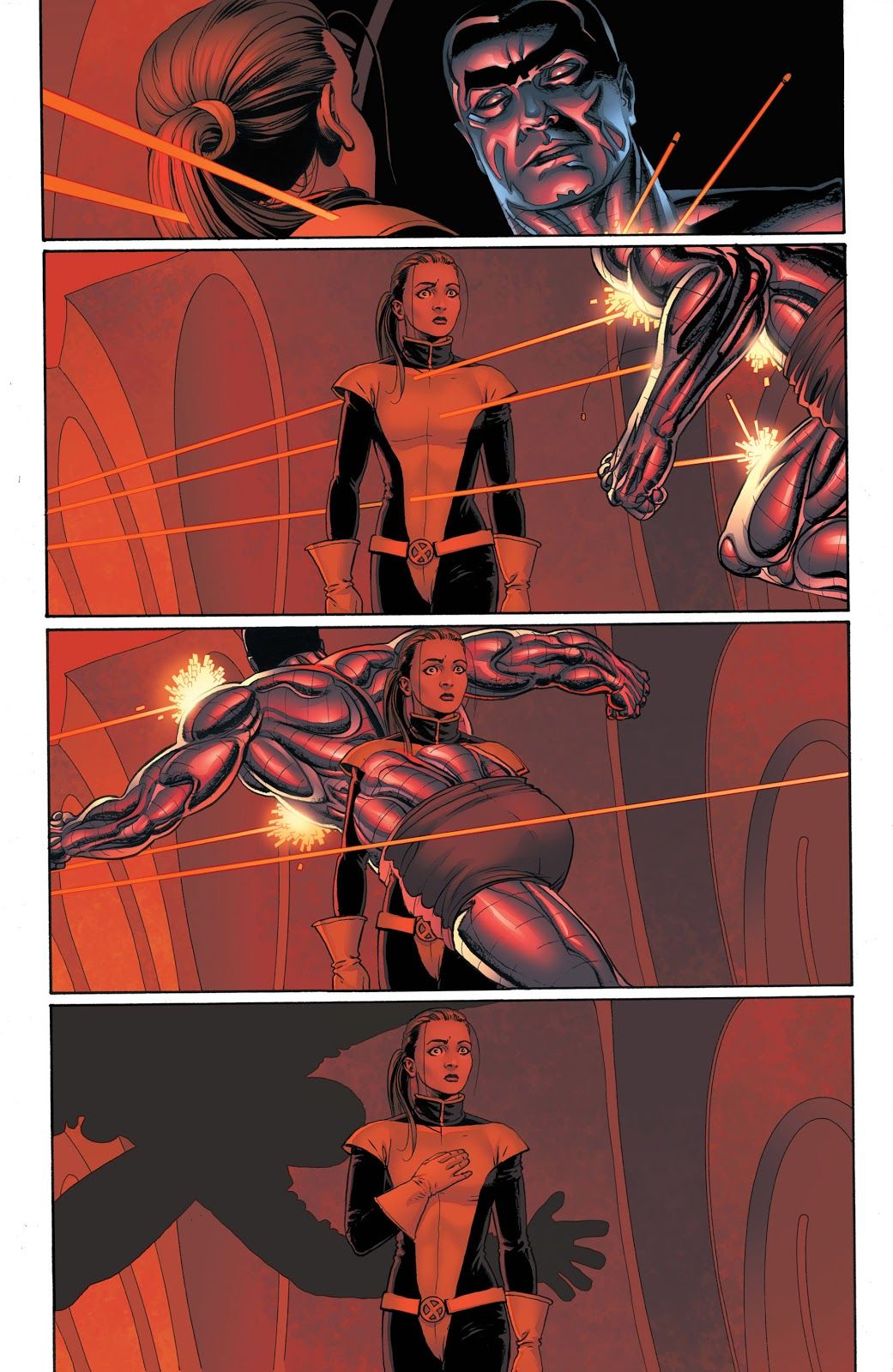The countdown continues! Here are the next four comic book artists that you voted as your favorites of all-time (out of roughly 1,023 ballots cast, with 10 points for first place votes, 9 points for second place votes, etc.).
34. Gary Frank – 289 points (7 first place votes)
Gary Frank first got his start working in the British comic book industry in the early 1990s. When Marvel UK went under a big expansion, Frank was one of its key new artists, tackling the series Motormouth (which evolved into Motormouth and Killpower). His work drew so much acclaim that he was given the chance to make the move to American comics at Marvel, following Dale Keown as the artist on Incredible Hulk with writer Peter David (David had quite a string of artists on that book, huh?).
Gary Frank became a star on this series, being a perfect partner for David, especially for some of the really character-driven stuff that David loved to do on the series, including the powerful Incredible Hulk #420, featuring the death of Hulk's friend, Jim Wilson, from AIDS...
As you can see, Frank could handle the character work but also the action...
After their run on Incredible Hulk, Frank launched the new Supergirl series with David in 1996, and stayed on the book for about a year. While at DC, Frank also launched the Birds of Prey, introducing Black Canary's new look in the first Birds of Prey one-shot (with writer Chuck Dixon). Frank worked with inker Cam Smith in those early years, but eventually seemed to do more work with Jon Sibal than Smith.
In 2000, Frank drew J. Michael Staczysnki's Midnight Nation, as part of a line of books that Straczynski had at Image Comics. Frank and Sibal then paired with Straczynski again a few years later doing Supreme Power at Marvel.
For the past decade or so, Frank has mostly been paired with writer Geoff Johns, including an excellent run on Action Comics. Here, in the opening issue of the "Brainiac" storyline, Frank showed his strong character work..
and then his heavily Christopher Reeve-inspired take on the Man of Steel, which is really an excellent take on the character...
Johns and Frank did Superman: Secret Origin, a re-telling of Superman's origins. The pair then did a series of graphic novels about an alternate reality Batman called Batman: Earth One.
Most recently, the two did a maxiseries, Doomsday Clock, merging the Watchmen characters with the DC Universe.
33. Bernie Wrightson – 293 points (4 first place votes)
Bernie Wrightson (he originally dropped the E from the end of his name for his published artwork to differentiate himself from an Olympic diver, but he eventually reclaimed the E. That's why you'll see him credited both ways when people talk about him. Since he ended up taking the E back and also since it IS his given name, I'm going with that spelling) was a newspaper illustrator in the 1960s when he ran into the great Frank Frazetta at a comic book convention. That inspired Wrightson to give comic book art a try. He worked on his sequentials and began to get gigs at DC Comics, working on horror comics. He also worked for Marvel Comics during this period in the late 1960s/early 1970s.
It was there that he co-created Swamp Thing with writer Len Wein...
Wrightson's "problem" was that he was a meticulous artist, who would spend so much time putting detail into his art that he had a hard time meeting the scheduling deadlines of most DC Comics series. He also wanted to be able to experiment with his work, so he left DC Comics and went to work for Warren Publishing on their black and white horror comic magazines. He drew a number of iconic horror tales during this period, like the famous "Jennifer" with writer Bruce Jones...
He slowly moved out of comic book work and began to do more illustrations, including years spent doing an illustrated version of Frankenstein. During the 1980s, he made a big comic book comeback, working with his contemporary, Jim Starlin, on a pair of miniseries for DC Comics (The Weird and Batman: The Cult). The two then took a follow-up series for The Cult to Marvel where they did it as a Punisher miniseries.
Late in his life, Wrightson did a gorgeous Frankenstein series with writer Steve Niles for IDW. Wrightson passed away in 2017.
32. Tim Sale – 307 points (5 first place votes)
The fascinating thing about Tim Sale is how long it took for the mainstream comic book companies to snatch him up. He spent most of the 1980s working in independent comic books, and it wasn't like one of those things where his early work was a lot worse than his later stuff. Sale's run on Thieves' World for Starblaze Graphics showed a lot of the same talents that he would later use on his more famous Batman work. He has always been someone who has known how to use negative space to his advantage.
It wasn't until he had a run on Grendel, though, that Sale's dynamic and silhouette-dripped art style really garnered attention from the mainstream. He got a gig drawing a Challengers of the Unknown miniseries for DC Comics and it just so happened that this miniseries was the first comic book work for the writer of the series, a popular screenwriter named Jeph Loeb. The connection between Loeb and Sale led to the creators getting together a few years later to do a special Batman one-shot to celebrate Halloween. It was well-received, so they came back to do another one for the next Halloween. Then they did a third one the following year. They had built up such a strong sense of momentum that the pair then decided to do a year-long maxiseries called The Long Halloween, set around the time of Frank Miller and David Mazzucchelli's Batman: Year One.
This series showed off the highlights of Sale's skills as an artist. He uses silhouettes and shadows and negative space as well as any artist in the industry but he also chooses these incredibly distinct page layouts for his action sequences, like this bit between Batman and Catwoman in the first issue of The Long Halloween...
Sale is famous for his larger than life depictions of comic book characters. Sale is all about the feel for the character rather than any sort of formalistic expression of the human anatomy. This is especially obvious when he draws characters like the Joker, Two-Face and Superman, where he goes into almost absurd levels with their body designs. It is all part of his attempt to get across how these characters APPEAR to others, rather than any sort of specific "Oh, well, Superman is six feet tall and 220 pounds" or whatever.
It's a highly effective exaggerated style. Loeb and Sale took their talents to Marvel Comics, as well, where they began a series of color-coded comic book miniseries spotlighting the past of some major Marvel heroes, like Daredevil: Yellow, Spider-Man: Blue, Hulk: Grey and Captain America: White (that last one was finished well after the others).
Sale and Loeb were able to reunite for a 25th anniversary one-shot celebrating The Long Halloween before Sale tragically passed away earlier this year.
31. John Cassaday – 315 points (4 first place votes)
John Cassaday lays out his pages extremely well, and it is no surprise that his work is so popular, as people tend to go for that quasi-realistic approach in a big way, and Cassaday has all of that while never sacrificing clarity. Here is his famous handling of the revelation that Colossus was not actually dead...
It practically gives me chills!
Cassady burst on to the scene in a big way with his run on Planetary with Warren Ellis, but Astonishing X-Men probably was the book that made him a superstar. Besides some short stories and a quick run on Uncanny Avengers launching that series in 2015, Cassaday is mostly known in comics for his breathtaking covers.

